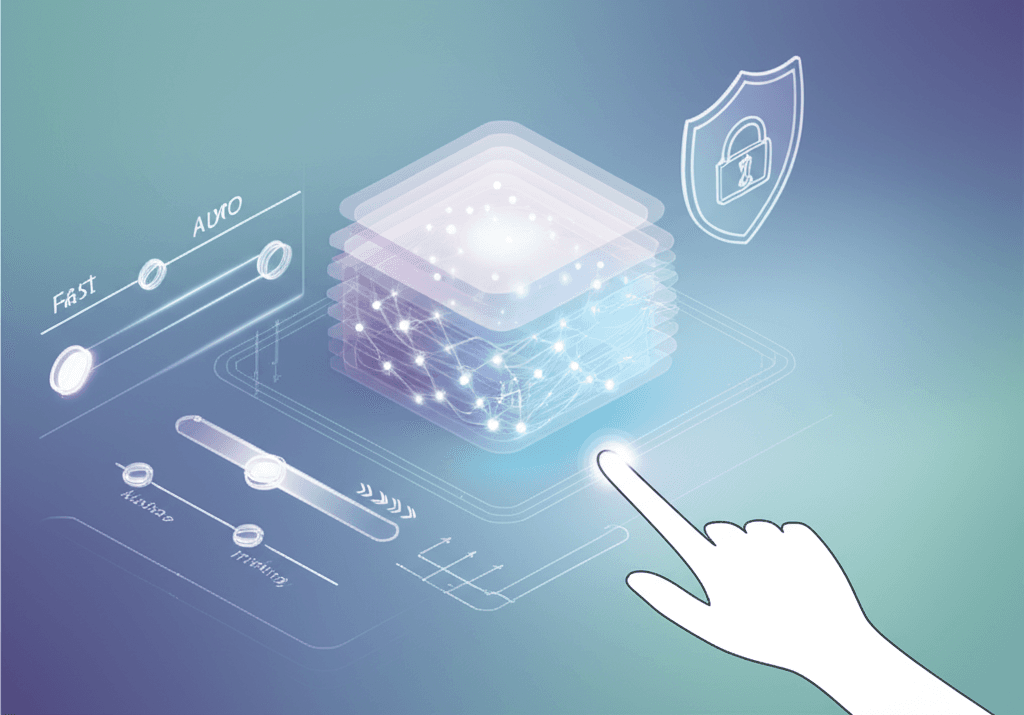OpenAI Unleashes Granular Controls for GPT-5, Empowering ChatGPT Users
With new GPT-5 controls and enhanced privacy, OpenAI deepens user trust by prioritizing autonomy and responsiveness.
August 13, 2025

In a significant move to refine user interaction with its latest technology, OpenAI has rolled out a suite of new controls for ChatGPT, centered around its newly unveiled GPT-5 model. The updates provide users with more granular authority over the model's performance and introduce new usage tiers, signaling a response to both user feedback and the practicalities of deploying a more powerful and resource-intensive artificial intelligence. These changes follow the recent launch of GPT-5, a model the company describes as a major leap in reasoning and capability, and reflect an evolving strategy that balances cutting-edge performance with user experience and transparency.
The most prominent update is the introduction of distinct operational modes for GPT-5, allowing users to choose between "Auto," "Fast," and "Thinking" settings.[1][2] The "Auto" mode, intended for most users, relies on a sophisticated real-time router that automatically determines the best version of the model to use for a specific query.[1][3] This router analyzes the complexity and intent of a prompt to decide whether a quick response from a standard model is sufficient or if the query requires the more profound analytical power of "GPT-5 Thinking," a deeper reasoning layer designed for complex problems.[4][3] This unified system approach aims to streamline the user experience, eliminating the need for users to manually switch between different models as was common with previous generations like GPT-4.[3][5] The introduction of explicit "Fast" and "Thinking" options, however, caters to power users who want direct control over the trade-off between speed and depth, a direct response to feedback following the initial GPT-5 rollout.[1]
Coinciding with these new controls are updated access and rate limits that shed light on the operational costs of the advanced model. For the powerful "GPT-5 Thinking" mode, OpenAI has implemented a rate limit of 3,000 messages per week for paid subscribers.[4][2] Once this threshold is reached, users are transitioned to "GPT-5 Thinking mini," a less potent but still capable version of the reasoning model, to manage their additional capacity needs.[4] The context limit for the main "GPT-5 Thinking" model has been set at a substantial 196,000 tokens, enabling it to process and recall much longer documents and conversations.[4][2] The launch was not without turbulence; an initial decision to deprecate all older models, including the popular GPT-4o, was met with significant user backlash.[6][7] Users expressed frustration over the loss of familiar workflows and the perceived "colder" personality of the new model.[1][7] Acknowledging the misstep, OpenAI CEO Sam Altman quickly announced that GPT-4o would be brought back for paid users, demonstrating the company's growing responsiveness to its user base.[4][2]
These latest updates focusing on model performance are part of a broader, long-term trend of OpenAI incrementally ceding more control to its users. This pattern extends beyond just model selection and into the critical domain of data privacy. In the past, the company has faced scrutiny over how it uses customer conversations to train its models. In response, OpenAI introduced data controls allowing users to turn off their chat history, which also prevented their data from being used for training purposes.[8][9] This was a significant step, but it came with the trade-off of losing access to past conversations. More recently, the company refined this with an update called "Data Controls V2," which decoupled these two functions.[10] This newer feature allows users to keep their chat history active for their own reference while separately opting out of having their data used to improve the models.[10][11] These privacy-centric features, along with the new GPT-5 controls, paint a picture of a company increasingly focused on building user trust by providing greater transparency and autonomy over both personal data and the behavior of the AI itself.
In conclusion, OpenAI's latest series of updates represents a multifaceted effort to navigate the complex landscape of deploying a next-generation AI. The introduction of specific control modes and clear rate limits for GPT-5 addresses the dual needs of providing advanced capabilities while managing the immense computational resources required. The company's quick reversal on the deprecation of older models highlights the influential role of the user community in shaping the platform's evolution. When viewed alongside previous enhancements to privacy and data controls, these new features underscore a clear strategic direction: empowering users is becoming as crucial as enhancing model intelligence. As competition in the AI sector intensifies, the ability for users to customize their experience, control their data, and trust the platform's operations will likely become a key differentiator, and these updates show OpenAI is keenly aware of this dynamic.